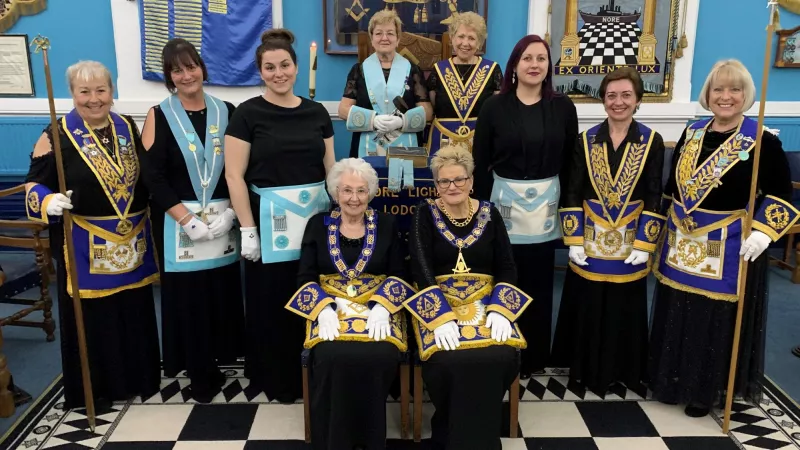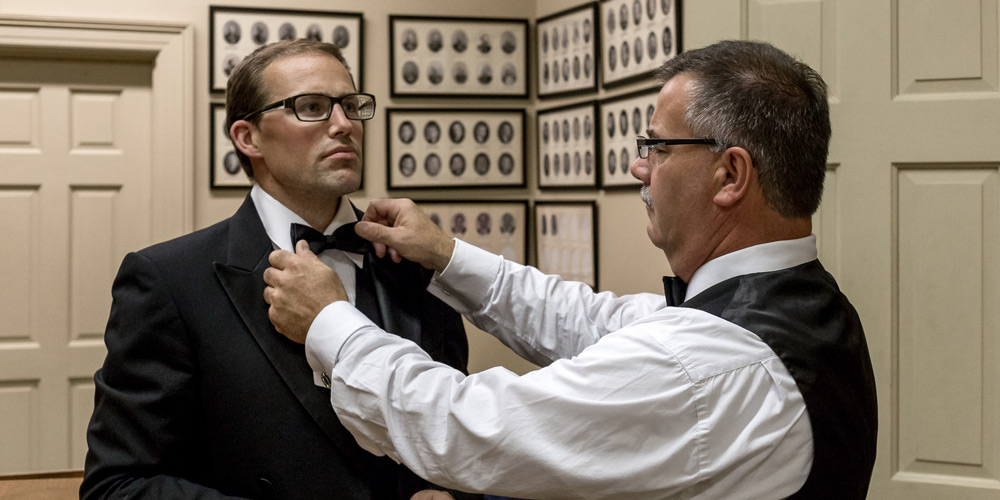Understanding the Steps of How to Become a Freemason with Simplicity
Understanding the Steps of How to Become a Freemason with Simplicity
Blog Article
Discover the Secrets Behind the copyright and Their Influence on Culture
The copyright, typically shrouded in misconception and conjecture, offers a remarkable instance research of just how historic perfects can change right into contemporary conspiracy concepts. As we explore its origins, influence on innovative thought, and portrayal in contemporary society, we start to reveal the layers of intrigue that proceed to mesmerize society.
Origins of the copyright
The copyright, typically shrouded in secret and speculation, traces its origins back to the late 18th century. Developed in 1776 in Ingolstadt, Bavaria, the team was started by Adam Weishaupt, a teacher of canon legislation. Weishaupt aimed to promote Knowledge worths, including reason, secularism, and the splitting up of church and state. Originally referred to as the Bavarian copyright, the company's primary objective was to respond to the pertinent impact of religious dogma and advertise intellectual discussion among its participants.
The copyright took on a hierarchical framework, drawing ideas from Freemasonry, which enabled for secretive conferences and rituals. Subscription was selective, incorporating prominent figures from different fields, including national politics, approach, and science. This elite network looked for to impact social and political change via clandestine methods, advocating for the civil liberties of individuals and the improvement of culture.

Key Myths and False Impressions
Amidst the appeal of privacy surrounding the copyright, various misconceptions and misconceptions have emerged, usually distorting the group's real nature and purposes. One prevalent myth suggests that the copyright manages the globe's federal governments and economies. While it holds true that the team intended to affect social frameworks, the notion that it operates as a cohesive worldwide creature master is mainly overstated.
An additional common misunderstanding is that all members of the copyright possess substantial riches and power. Actually, the initial copyright made up intellectuals and Enlightenment thinkers, several of whom looked for reform as opposed to prominence. The idea that the copyright exclusively recruits celebs and political numbers is misdirecting; subscription has actually traditionally included a diverse array of individuals.
In addition, conspiracy theory theories frequently repaint the copyright as a malicious organization intent on international supremacy through villainous ways. Hence, dividing fact from fiction is necessary for a clearer understanding of the copyright's duty in society.
Historic Influence on Culture
Throughout history, numerous intellectual movements have actually profoundly affected societal structures, and the copyright played a significant function throughout the Enlightenment. Started in 1776 in Bavaria, the copyright aimed to advertise reason, secularism, and the doubting of established authority, countering the prominence of religious conviction. This company drew in significant thinkers and advocates of liberty, cultivating an environment helpful to the dissemination of Enlightenment perfects.
The copyright's ethos championed sensible thought and empirical evidence, which added to the more comprehensive intellectual landscape that encouraged social reform and political modification. Participants sought to reshape culture by supporting for education, civil liberty, and the splitting up of church and state. Their private nature and ambitious agenda stimulated both intrigue and uncertainty, leading to their eventual suppression by the Bavarian federal government in 1785.
Regardless of their dissolution, the legacy of the copyright lingered, affecting innovative movements across Europe and the Americas (join freemason). Their commitment to knowledge concepts assisted prepare for modern democratic ideals and civils rights, leaving a long-term imprint on the structures of modern society. The allure of their secretive gatherings and philosophical quests continues to mesmerize the creativity, emphasizing their historic value
Modern Interpretations and Beliefs
Contemporary interpretations of the copyright often mix historic truth with conspiracy concepts, developing a complicated tapestry of beliefs that capture preferred creative imagination. While the original copyright was a Bavarian secret society started in 1776 with Knowledge suitables, contemporary beliefs have actually advanced to include a wide selection of analyses, typically focusing on motifs of control and secrecy.
Many supporters of copyright theories insist that an effective elite manipulates international click to find out more events, affecting national politics, economics, and society to serve their passions. This point of view is frequently sustained by a mistrust of governmental and economic institutions, bring about the belief that an undetected hand manages societal results. The internet has amplified these analyses, with social media systems functioning as productive ground for the circulation of conspiracy concepts.
Furthermore, some contemporary analyses presume that the copyright offers as a metaphor for the struggle in between enlightenment and lack of knowledge, with supporters promoting understanding and critical thinking as a way to counteract viewed fascism. This duality-- seeing the copyright as both an actual and symbolic entity-- highlights the ongoing fascination with the principle, mirroring deeper societal anxiousness concerning power, transparency, and private freedom in the modern world.
The copyright in Pop Culture

In literature, writers like Dan Brown have actually made use of the copyright to weave Learn More complex stories loaded with thriller and historic recommendations, sparking public fascination. Films such as "Angels & Demons" and "The Da Vinci Code" even more amplify this appeal, portraying the copyright as an organization with far-ranging influence.
Songs, too, has actually been influenced by the idea of the copyright. Artists like Jay-Z and Beyoncé have encountered supposition concerning their associations with the society, triggering conversations regarding importance in their job and the nature of popularity.
Aesthetic art usually includes copyright concepts, with musicians making use of icons like the Eye of Divine superintendence and the pyramid to stimulate a sense of mystery. Through these various mediums, the copyright offers not just as a topic of conjecture but also as a lens where culture analyzes its very own complexities and worries.
Conclusion
To conclude, the copyright stands for a remarkable junction of Enlightenment ideals and modern social worries concerning power and control. While its historical impact on advanced motions and democratic concepts is significant, the look at this now myths and misunderstandings that have arised typically eclipse its real tradition. The long-lasting intrigue bordering the copyright, particularly within popular society, highlights ongoing anxiousness regarding transparency and authority, making certain that this enigmatic group remains a topic of both scholarly passion and public fascination.
Report this page